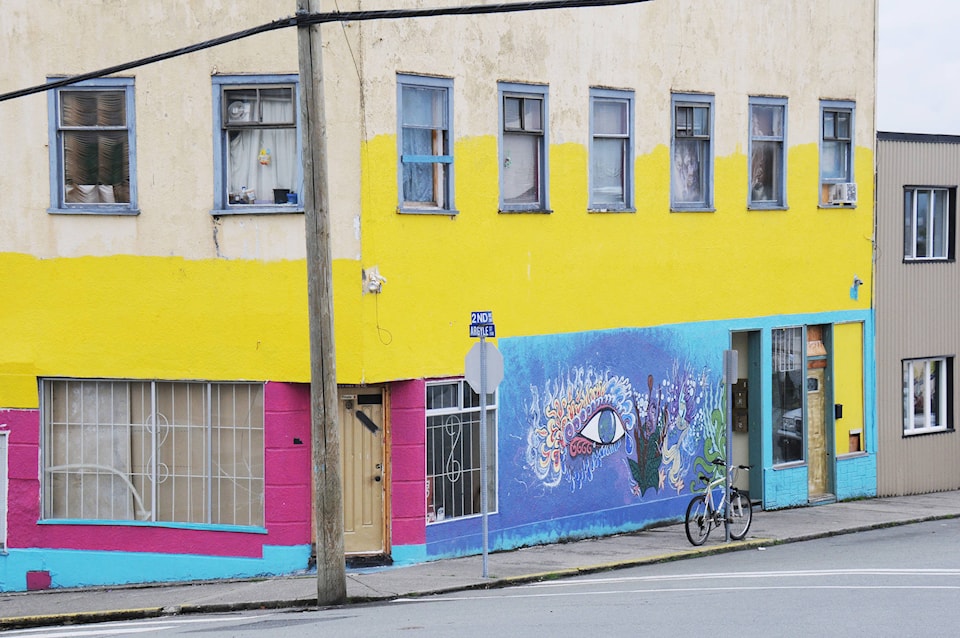The city of Port Alberni is seeing “big city problems,” said city CAO Tim Pley.
For the last six to 12 months, the uptown area of Port Alberni has seen an increase in what Pley referred to as “symptoms of larger cities.” These include people living at risk, theft of property, violent crime, substandard housing and people profiting from other people’s drug addictions.
“This problem is becoming big enough that if we don’t deal with it, it will become our number one problem,” said Pley on Monday, Nov. 20 during a committee of the whole meeting.
Two banks in the uptown area have recently added private security staff, the 7-Eleven on 3rd Ave. closed down after a number of thefts and the city has received complaints from people reporting that they feel “unsafe” in the uptown area. The city’s single building inspector and bylaw enforcement officer have also reported that their “toolbox is empty” for dealing with emerging challenges.
Pley pointed out a number of factors that drive “big city problems” in Port Alberni, including drug addiction, insufficient leadership and action from senior governments and holes in the local government and enforcement fabric.
“We have one bylaw enforcement resource,” said Pley. “Clearly that one resource is under capacity.”
The city also has an overabundance of commercial buildings—more than the community can support.
Pley presented four basic strategies for solving these problems on Monday, which includes reducing drug addiction in Port Alberni, reducing theft of property crimes, eliminating the centres of crime and supporting existing business.
There were a few proposed annual costs in his plan. A larger bylaw services department, featuring one additional enforcement officer, one manager and one half-time support position, would cost an estimated $220,000 per year.
In a manner similar to the city’s Facade Improvement Program, Pley suggested providing incentive subsidy to property owners to harden their properties against crime with the installation of lighting, CCTV and other engineering solutions. The estimated cost for this would be around $25,000 per year.
One of Pley’s plans is for the city to develop a function that can purchase and repurpose problem and strategic properties.
Councillor Denis Sauvé suggested a Crime Reduction Stakeholders Committee, stressing the importance of multiple agencies and the public working together.
Councillor Chris Alemany, meanwhile, suggested that a heavy focus on enforcement is “misplaced.”
“It isn’t what is shown to actually work as far as ending homelessness and drug addiction, and the crime that comes from that,” he said. “We need to enforce the laws and then ensure that the people who are affected by that have a place to go after we’ve enforced the bylaws on the buildings.”
Councillor Sharie Minions agreed. “As much as enforcement is a piece of the puzzle, we can’t enforce away this problem,” she said. “We have to look at how we’re going to help the people who are being harmed by this.”
She pointed out, “People living with mental health and addictions have the strongest chance of getting out of that cycle if they have stable housing.”
The committee agreed to hold another meeting to discuss this issue, next time inviting RCMP, city’s compliance staff and interested agencies to speak.
